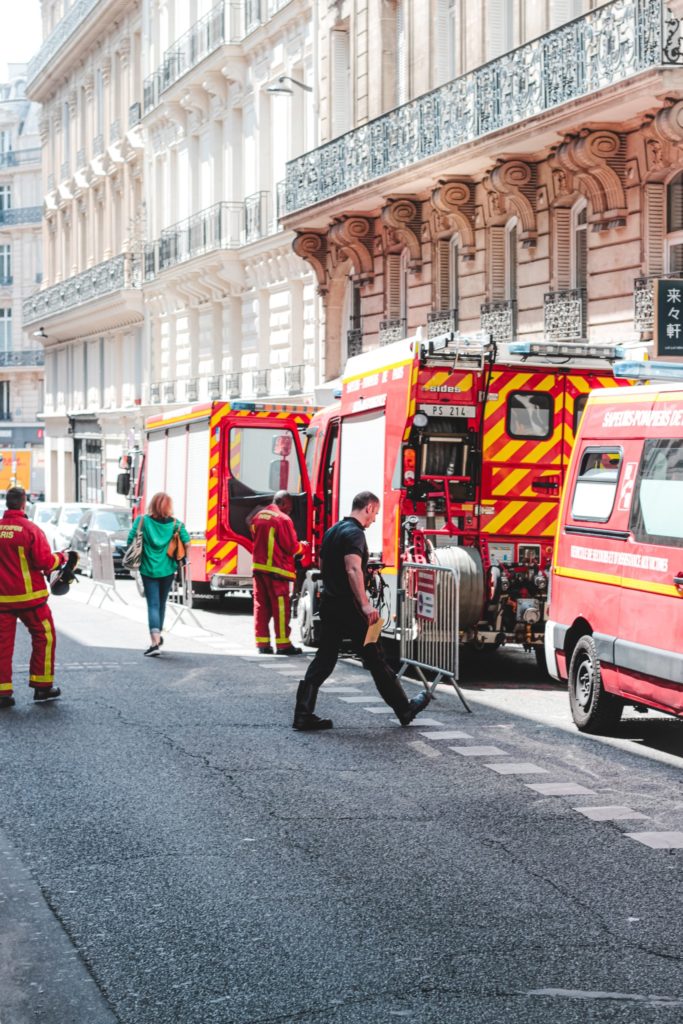Don’t Leave Home Without Your Medical ID Bracelet!
- Matt Frank
- December 21, 2021
- 1:11 pm
Medical ID jewelry is designed to alert doctors and first responders to your health conditions in the event of an emergency where you cannot speak for yourself. They can be printed or engraved with your diagnosis, medications, allergies, and emergency contact information. Doctors recommend and prescribe medical ID jewelry to patients with a number of different conditions — including diabetes. If you’re living with diabetes and don’t have your own medical ID jewelry, here’s what you need to know:

1. Bracelets Are Best!
There are a number of different options on the market — from necklaces to keychains, and even tattoos! However, most medical professionals agree bracelets are your best option. EMTs are trained to first check your pulse, so an eye-catching bracelet is hard to miss! And though they will check for other signs of medical alert information — according to a survey by American Medical ID, approximately 95 percent of first responders check the wrist first.
2. They Can Be Pretty Or Practical!
People assume that medical ID bracelets are either too feminine or just plain ugly — but this couldn’t be further from the truth. There are plenty of options available with as much or as little pizzazz as you like! From sparkly tennis bracelets to military grade silicone — there’s something for everyone from a number of different retailers. You can even get a bracelet with a built-in USB flash drive to store all of your important medical data and insurance information!
3. Make Them Easy to Ready & Easy to Spot!
While a little bling is nice, the most important part of your medical ID bracelet should be the medical details it contains. Make sure that your information is neat and legible and that your bracelet is clearly marked so that emergency responders can easily spot it.
4. Include the Important Details!
It is vital that you include all relevant medical information on your ID bracelet to ensure that it serves its purpose! Important details include:
diabetes type
whether you take insulin
any other medications you take
all allergies to medications
in-case-of-emergency (or ICE) phone number
any implants that cannot go into an MRI scanner — like a pacemaker or insulin pump
5. They Save Lives!
If you’re unconscious in the event of a crisis, EMTs are trained to first check your airways, breath, and pulse — and then immediately look for other important signs like a medical ID bracelet. In fact, surveys showed that up to 95% of EMTs and over 75% of doctors seek out medical alert jewelry when assessing someone in an emergency.
Did you know that blood sugar skyrockets when you experience stress or physical trauma? That’s why it’s so important to always wear a medical ID bracelet — so that first responders to an emergency will know to monitor your diabetes to prevent further complications. They may not be your favorite piece of jewelry — but they could save your life one day!

